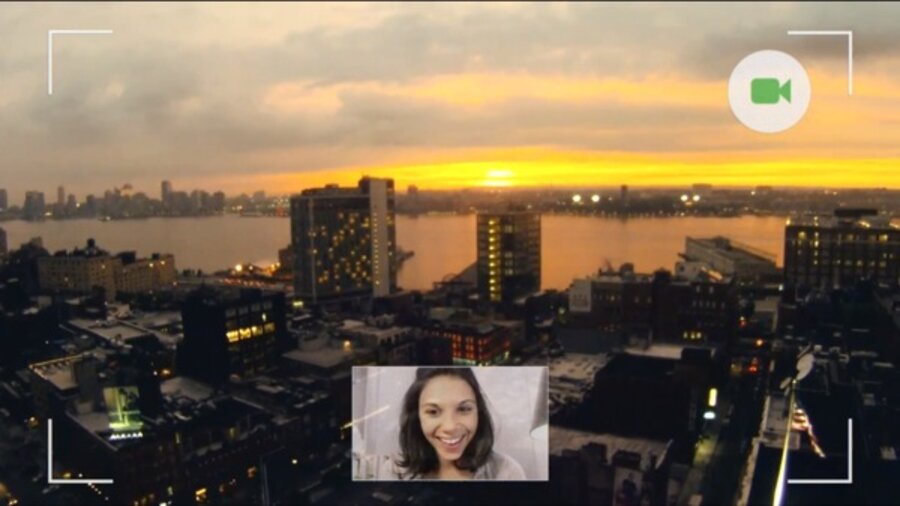Google reveals futuristic 'Project Glass'
Loading...
Google has once again unveiled a project mock-up that, if realized, would turn the technology industry on its head. This time, it’s Project Glass, wrap-around glasses that display reminders, the weather, messages, and more – right in front of the user’s eyes.
“A group of us from [Google’s experimental lab, Google X,] started Project Glass to build this kind of technology, one that helps you explore and share your world, putting you back in the moment,” says the Project Glass Google+ page. “We’re sharing this information now because we want to start a conversation and learn from your valuable input.”
While Project Glass is only in the first stages of inception, Google employees are already testing the headsets, according to The New York Times. But so far, it’s unclear whether the average consumer will like Google’s futuristic technology.
For those who value convenience, Google’s “glasses” will be a must-have. There’s nothing to hold or type, the promotional video shows. All the user has to do is look at or vocalize something to give the headset direction. One quick tap takes a photograph, but that’s the limit of physical controls.
“We believe technology should work for you – to be there when you need it and get out of your way when you don’t,” the video’s caption says.
Photographs of Project Glass show that the prototype sits on the face as glasses do, but leaves the eyes unblocked, a far cry from reports that said the headset would look like a pair of Oakley Thumps.
On the other hand, the prototype is evidence that inside Google X’s secret laboratory in California, designers are working to make technology an even bigger part of everyday life. Some say they resent this.
“Don't you guys feel that such a device basically removes all social interactions[?]” one YouTube user commented on the video.
Another quoted Dr. Ian Malcolm from “Jurassic Park”: “Your scientists were so preoccupied with whether or not they could, they didn’t stop to think if they should.”
Regardless of opinion, it looks like Project Glass could turn into a full-fledged product by the end of 2012. Until then, enjoy your smart phones.
For more tech news, follow us on Twitter @venturenaut. And don’t forget to sign up for the weekly BizTech newsletter.





